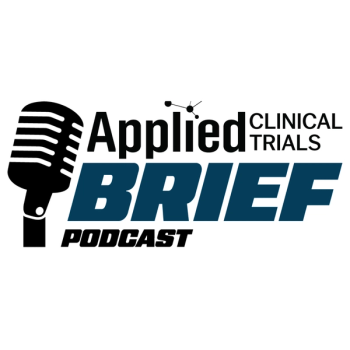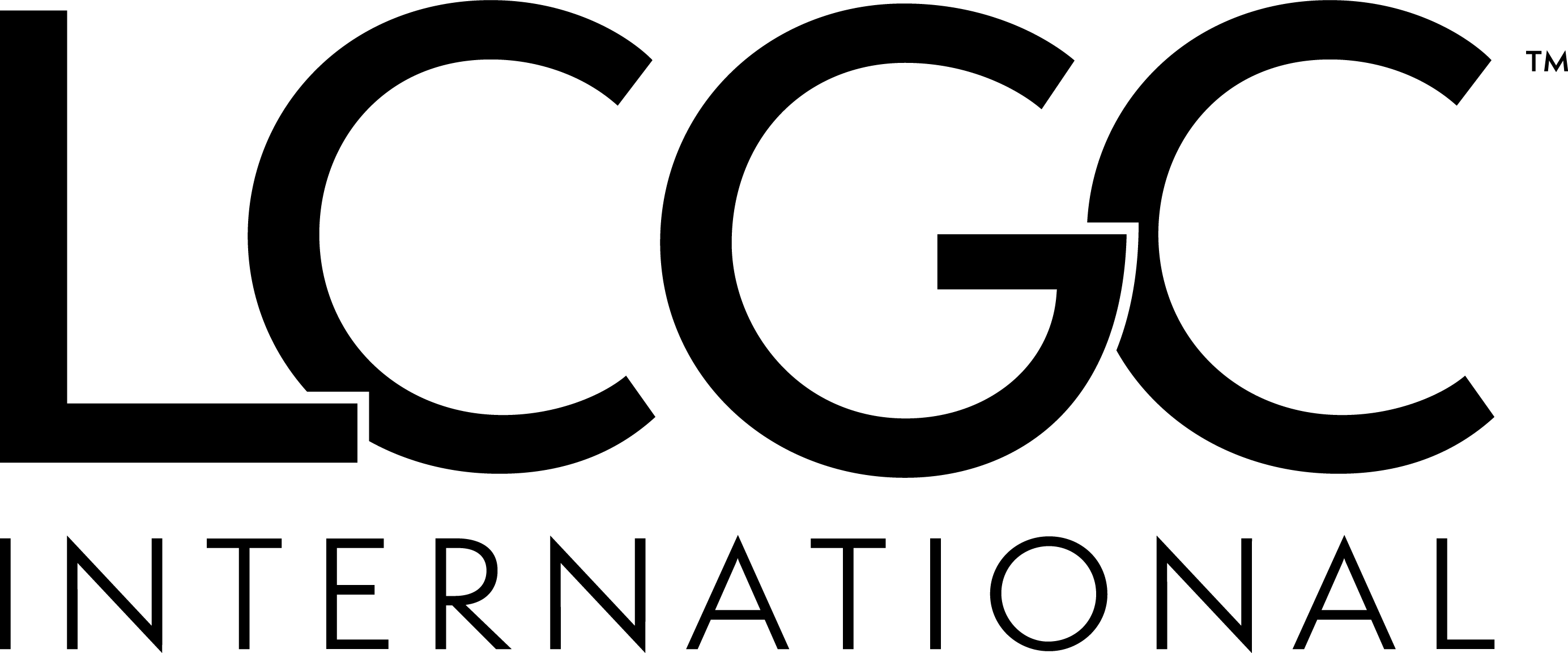
Ten Years of Orphan Medicines Legislation in Europe: European Medicines Agency Reviews Success and Looks Ahead
On 3 and 4 May 2010 the
to mark the 10th anniversary of the Orphan Regulation in the European Union.
The Agency brought together representatives from the European Parliament,
the European Commission, international and European regulatory agencies,
members of the Committee for Orphan Medicinal Products (COMP), patient
groups, health professionals, and pharmaceutical industry to review the
impact of ten years of orphan medicines legislation and to look ahead at
future opportunities and challenges.
Ten years since the orphan legislation came into force in April 2000, the
Agency has received more than 1100 applications. Out of these, 720 orphan
designations have been granted to date, a success rate of 65 %. A total of
62 orphan designated medicines have now been approved for use in the EU,
giving treatment options for 53 different rare diseases.
The COMP was the first of the Agency's scientific committees to include
representatives from patients' organisations. "The collaboration in the
assessment of applications for orphan designation has led to a process of
cross-fertilisation between regulators and patients, and ultimately to
improved decision-making by the Committee as a whole" said Kerstin
Westermark, chair of the COMP. The Paediatric Committee (PDCO) and the
Committee for Advanced Therapies (CAT) have since followed the successful
COMP model and include patients' representatives as committee members.
The future of orphan medicines - challenges and opportunities ahead
The continued interest in the orphan designation process shown by the
pharmaceutical industry indicates that orphan-designated medicines will keep
coming to the market at a steady rate offering new treatment options for
patients with rare diseases. Over the next few years the period of market
exclusivity (10 years) will expire for the first authorised orphan
medicines, opening up the market for older orphan-designated medicines for
competition, while new orphan medicines continue to be protected by market
exclusivity. The Agency expects that an increasing number of new marketing
Page 2/2
authorisation applications will relate to complex, innovative medicines,
such as advanced therapies medicinal products (gene therapy, somatic cell
therapy or tissue engineered products). With the combined expertise of the
COMP, CAT and the Committee for Medicinal Products for Human Use (CHMP) as
well as a network of experts from across the EU, the Agency is in a good
position to tackle the challenges coming from new scientific developments.
While the outlook for authorised orphan-designated medicines is promising,
there is some concern that not all patients, who need to, have access to
these medicines in the European Union because of the high costs of
treatment. European Medicines Agency Executive Director Thomas Lönngren
said: "We are looking at how to increase transparency of our scientific
decision-making so that those bodies within the EU Member States, who decide
about the pricing of orphan medicines can also use our knowledge when making
their decisions." The Agency is already collaborating with Health Technology
Assessment (HTA) bodies to identify the best ways to share information.
Making more and better treatments available for patients with rare diseases
will require global collaboration. The European Medicines Agency and the US
Food and Drug Administration have been working together for several years
now to reduce red tape for sponsors who want to develop orphan medicines for
European and for US patients. The workshop participants agreed that other
aspects such as post-marketing safety surveillance studies or handling of
supply issues would also benefit from increased multi-national cooperation
and should be tackled at a global scale.
The orphan legislation in Europe has been a success so far. The workshop
participants all agreed that adequate funding from the EU budgetary
authority for the incentives provided by the orphan designation and for
clinical research will be imperative for the continued success of the orphan
initiative.
Notes
1. Information about the conference is available here:
2. An overview of 'Ten years of orphan legislation in numbers' is available
here:
3. Information about orphan medicines and rare diseases is available here:
4. More information about the Agency's activities in relation to orphan
medicines is available here:
Newsletter
Stay current in clinical research with Applied Clinical Trials, providing expert insights, regulatory updates, and practical strategies for successful clinical trial design and execution.





.png)



.png)



.png)
.png)
